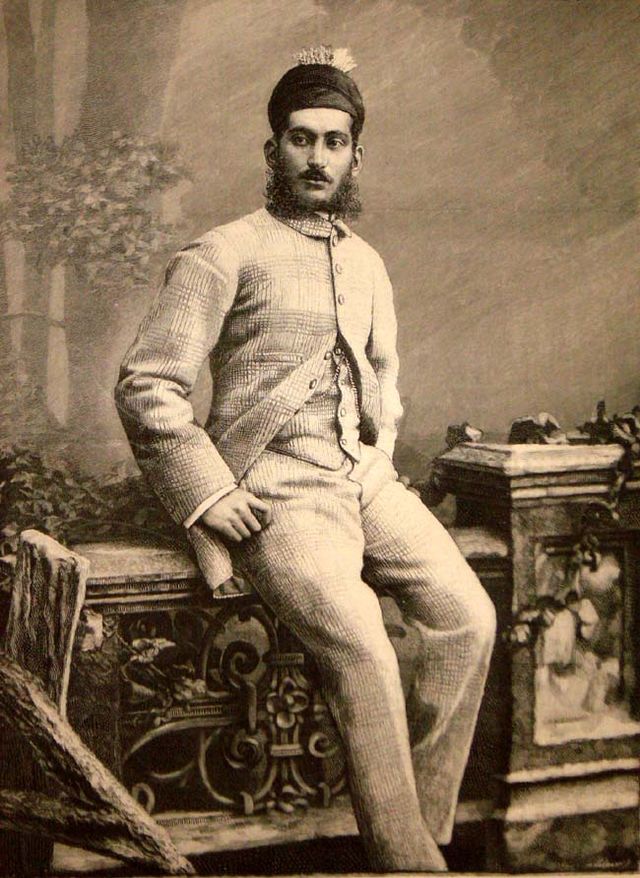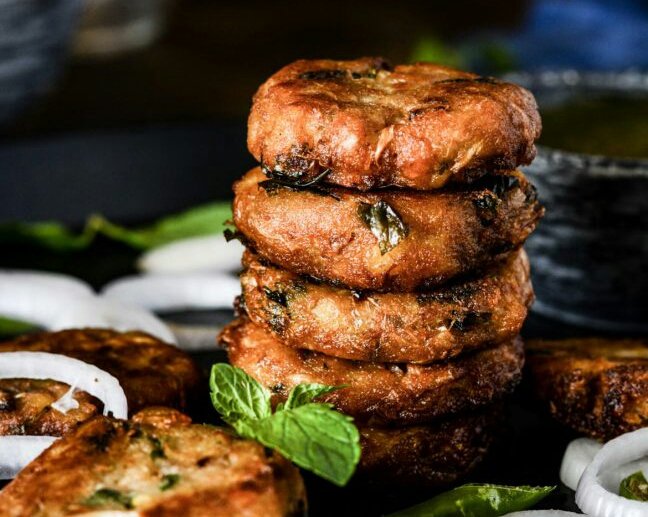Kebab Chronicles: Hyderabad's Tradition and Innovation
Hey readers! I am back with another blog post for you. As you already know that I have always been a food enthusiasts, and looking for the history behind it particularly attracts me. The concoction of culture, the story, and the emotions that gave rise to a significant dish makes it special in every way. Today I chose kebabs of Hyderabad to delve into. It's rich history with the touch of various regional aromas is what I have discussed here. So without wasting a minute let's taste the flavours of Hyderabad!
Hyderabad, the capital of the Indian states of Telangana and temporary capital of Andhra Pradesh. The historic city is famous for its pearls, extravagant mosques and monuments, serene temples, and buzzy bazaars. The city has been shaped by high influences in the last 400 years. Talking about Hyderabad will eventually make us remember the Nawabs and their royal cuisines.
After the Mughals ruled for a short period, the first Nizam of Hyderabad took over in 1724. The Nizam of Hyderabad was the ruler of Hyderabad State, which is part of present-day Telangana, Maharashtra, and Karnataka. The title "Nizam" means Administrator of the Realm. Asaf Jah I, the first Nizam, got this title when he was appointed Viceroy of the Deccan by the Mughal Emperor Farrukhsiyar. Later, he became independent and took the title "Nizam of Hyderabad."
In the Nizam's kitchen, when guests were invited, they were treated to a variety of biryanis, with 49 different types being served! They also made a special dessert called onion kheer, and there was even a banner in the royal kitchen.
Kebabs likely came from the Middle East or Arabia to India before the Mughals came. When the Mughals arrived, they made changes to the kebabs, making them softer and juicier.
I have mentioned 3 kebabs with a vast historical story they are carrying. Let's start with Patthar ke kebab!
Patthar ke kebab:
Asaf Jah VI Mir Mahbub Ali Khan was the sixth Nizam of Hyderabad. He ruled from 1866 until 1911. He became the ruler when he was just three years old, and others governed for him until he turned eighteen. Then, he took full control. |
| Asaf Jah VI Mir Mahbub Ali Khan |
During his reign, there's a story about him being out hunting tigers in the jungle and craving kebabs. His entourage would carry his wardrobe, dining table, and even his bed on elephants for his comfort during such expeditions. Once, during a hunting trip, they forgot the utensils needed to make kebabs. But one clever cook managed to find a smooth slab and used it to make kebabs on the spot. The Nizam liked it so much that he wanted it again when he returned to Hyderabad. They perfected the recipe, calling it 'Patthar Ka Gosht' or 'Patthar Ka Kabab'.
The Nizams of Hyderabad were influenced by Arab, Iranian, and Turkish cuisine, and their dishes were often very luxurious, using expensive ingredients like saffron and even perfumes. Chef Harpal Singh Sokhi talks about how 'Patthar Ka Gosht' was created during the time of Nizam Mahbub Ali Khan, who was known for his extravagant lifestyle and love for good food.
The dish is made by marinating boneless mutton in a mix of garlic, ginger, chili powder, salt, and raw papaya, then roasting it on a specially selected granite stone. The stone's heat gives the meat a unique flavor.
Shikhampuri Kabab:
The second one is Shikhampuri Kabab. The Nizams of Hyderabad also gave us the delicious Shikampuri kebabs, which have an interesting story behind their name. The word "Shikampuri" comes from Urdu, where "shikam" means belly and "pur" means full. These kebabs are named so because they leave you feeling satisfied and full after eating them. They blend Indian and foreign flavors to create a regal taste experience.While Shikampuri kebabs are often compared to shami kebabs, they stand out due to their unique combination of sourness and spiciness.
Tootak kabab:
The last but not the least is notably the Tootak kabab. It starts with the Kayasth community, originally known for their expertise in Persian and record-keeping, played a significant role in the Mughal administration. Their influence extended to the cuisine of Hyderabad, where they left their mark.In the midst of conflict, the Kayasth community demonstrated a beautiful blend of culinary traditions, contributing to the rich diversity of Hyderabad's food scene. Prateek, inspired by this legacy, has revived a lost dish from the Nizam's kitchens called Tootaks, an aromatic appetizer with a royal heritage.
The name "Tootak" is believed to come from a phrase meaning "to be left astounded," reflecting the dish's ability to impress guests. It features a hard outer shell made of semolina and ghee, filled with a mixture of meat mince and dry fruits, then baked on charcoal. Originally created by the Hindu Kayasth community, it was a favorite starter of the Nizam of Hyderabad.
Although once popular, Tootak is now struggling to find its place among contemporary dishes, eagerly awaiting the opportunity to astound its tasters once again.
In conclusion, Hyderabad's culinary journey is a tale of innovation, tradition, and adaptation. From the opulent feasts of the Nizams to the humble creations of communities like the Kayasths, each dish carries with it a rich heritage and a story waiting to be savored. As we celebrate the flavors of Hyderabad's past, we are reminded of the city's enduring legacy as a culinary hub, where tradition meets innovation in a delicious blend that continues to captivate palates around the world.







Comments
Post a Comment